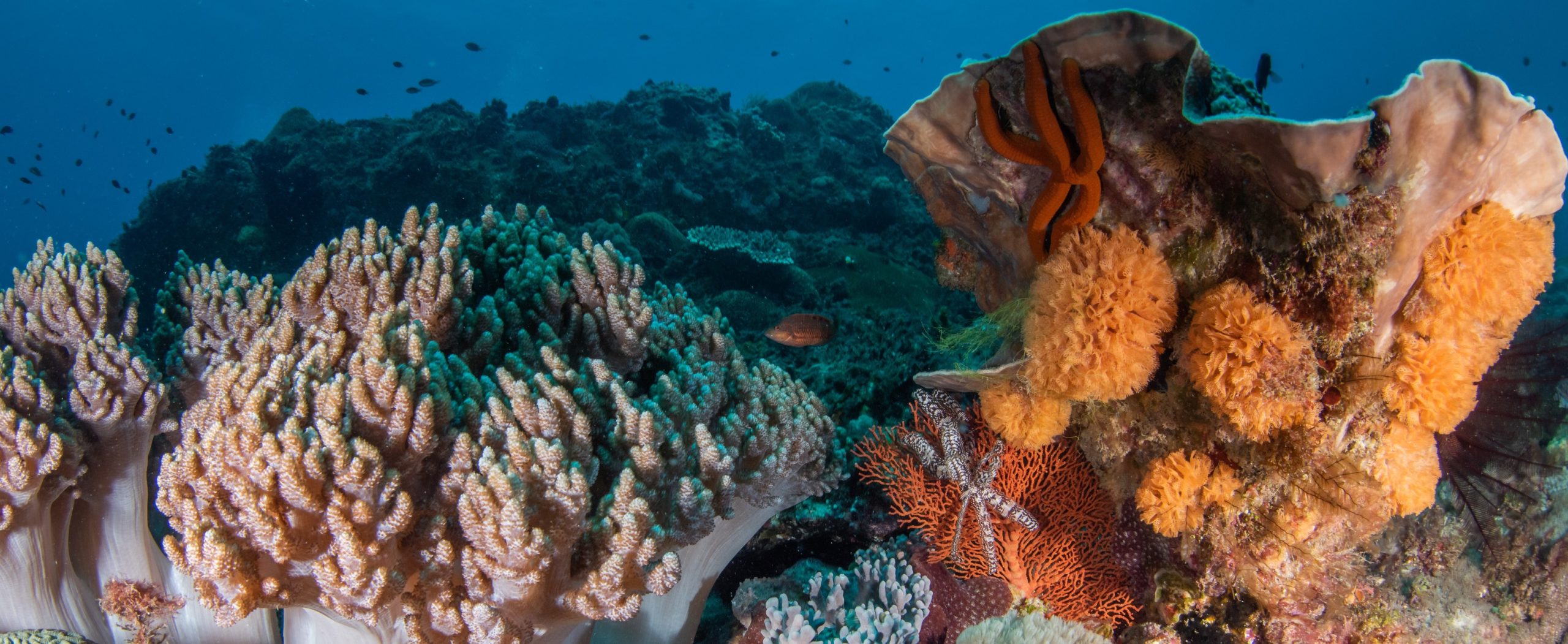Among the more widely accepted general hypotheses in ecology is that community relationships between abundance and body size follow a log‐linear size spectrum, from the smallest consumers to the largest predators (i.e. ‘bacteria to whales’). Nevertheless, most studies only investigate small subsets of this spectrum, and note that extreme size classes in survey data deviate from linear expectations. In this study, we fit size spectra to field data from 45 rocky and coral reef sites along a 28° latitudinal gradient, comprising individuals from 0.125 mm to 2 m in body size. We found that 96% of the variation in abundance along this ‘extended’ size gradient was described by a single linear function across all sites. However, consistent ‘wobbles’ were also observed, with subtle peaks and troughs in abundance along the spectrum, which varied with sea temperature, as predicted by theory relating to trophic cascades.
